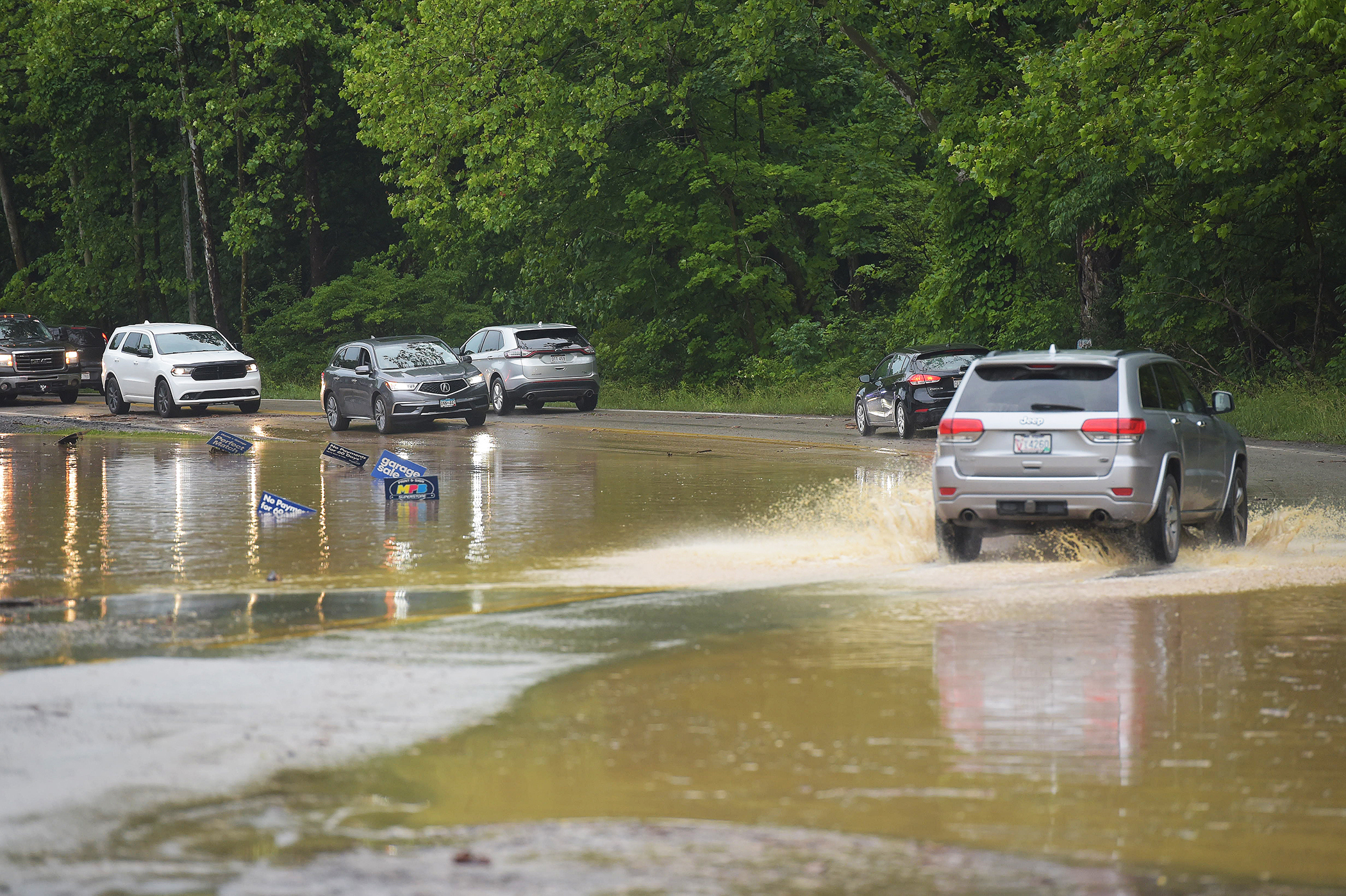Torrential downpours Sunday, June 13 left buildings throughout Morgantown flooded, rivers and streams overflowing, and roads under water. People called it a “100-year flood.”
Morgantown Utility Board spokesman Chris Dale said, “There is no doubt that this storm was of historical proportion. It was an unfortunate event — an act of nature — for which no reasonably constructed system could be expected to manage.”
Unfortunately, “reasonably constructed” systems are going to have to adapt, because the flooding we saw two weeks ago is becoming increasingly common.
Just looking through The Dominion Post archives, there was “historic” flooding here in north-central West Virginia in 2017 — enough for Gov. Jim Justice to declare a state of emergency — and in 1985. That flood that struck 29 counties in the Mountain State and our neighbors, killing 52 people. Just recently, the state commemorated the five-year anniversary of the 2016 flood that devastated the southern half of the state.
Some of the misconception around the rarity (or not) of 100-year weather events lies in what “100-year fill-in-the-blank” actually means. According to the U.S. Geological survey, it’s not a question of time, but of probability. A 100-year event means there’s a 1% chance of it happening in any given year (i.e. a 1-in-100 chance). A 1,000-year event means there’s a 0.1% chance of it happening in a given year.
In an interview with NPR, Alice Hill, a senior researcher at the Hoover Institution, said, “As with the flip of a coin, if you flip heads twice in a row, that doesn’t mean you’ll flip tails the next time. So you could have three very significant floods right in a row.”
In other words, floods like the one we experienced June 13 aren’t limited to one per every 100 years. And with climate change, we’re likely see extreme weather events more and more often.
In his scientific report published by Nature, Hossein Tabari concludes: “The results of this study suggest that changes in flood and extreme precipitation intensities in response to global warming are significant and robust when aggregated over different climate regions.”
He goes on to say there’s a clear connection that points to a “larger increase for the regions and seasons with higher water (moisture) availability.” In layman’s terms: Temperate and tropical regions will see increased extreme precipitation and flooding, most likely during traditional wet seasons, and in hot, dry regions, what little precipitation the area does get will come in more extreme forms (“it never rains, but it pours”).
We’re not saying Morgantown’s wastewater systems failed. As Dale said, they work just fine on a daily basis. But the way those systems were overwhelmed, however temporarily, during a heavy, sustained rain is just one, local example of how systems nationwide are unprepared for the increasingly frequent severe weather we’ll see in the years to come.




